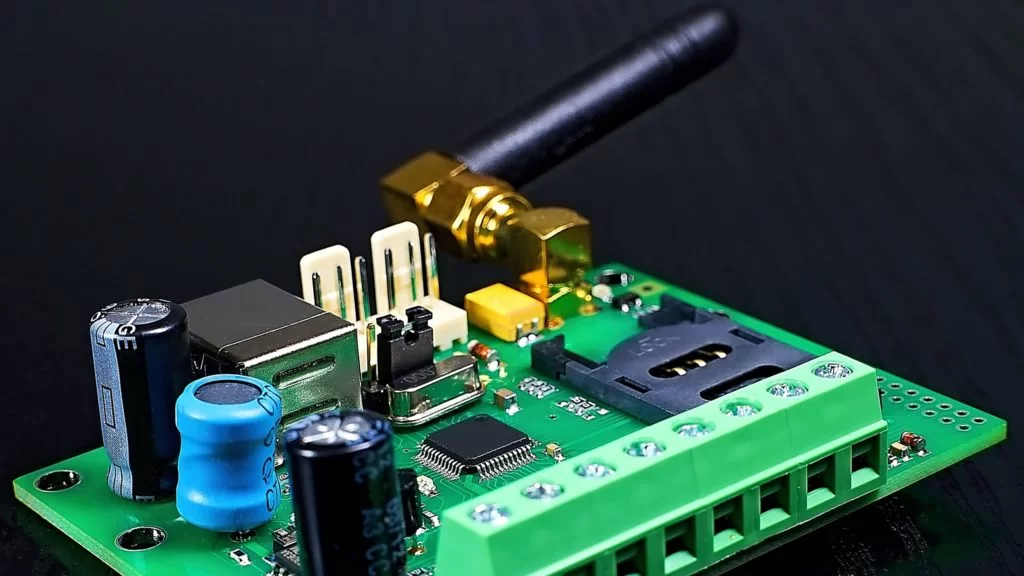Every electronic device or circuit generates heat during its operation. The level of heat generated may vary depending on many factors, including but not limited to operating power, component density, or component type. Heat can degrade the performance of any electronic circuit if it is above the local threshold temperature level. Even a small amount of heat over the long run can have negative effects. For any designer, it is crucial to see if the amount of heat generated is within the operating limits of the device. Thermal analysis of any electronic device is very important, as it can identify heat sources and the amount of heat generated at various operating points. This allows the designer to ensure that the required level of cooling counters heat generated during use and keeps the temperature within operating limits. This improves the accuracy of predicting the device’s response over temperature.
Heat can also be generated due to electromagnetic (EM) losses. This course is designed to demonstrate the workflow for electrothermal management (ETM) using HFSS and Icepak inside the student version of Ansys Electronics Desktop.
To download Ansys Electronics Desktop Student version for free, click here.


